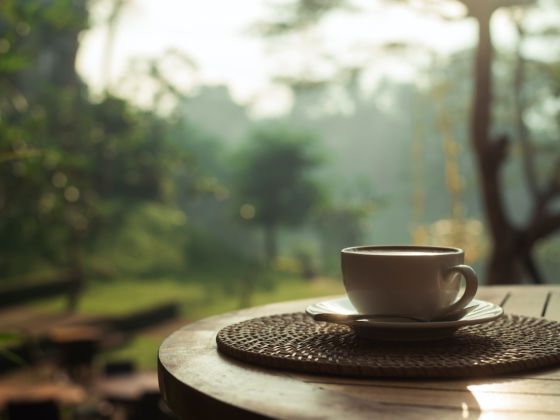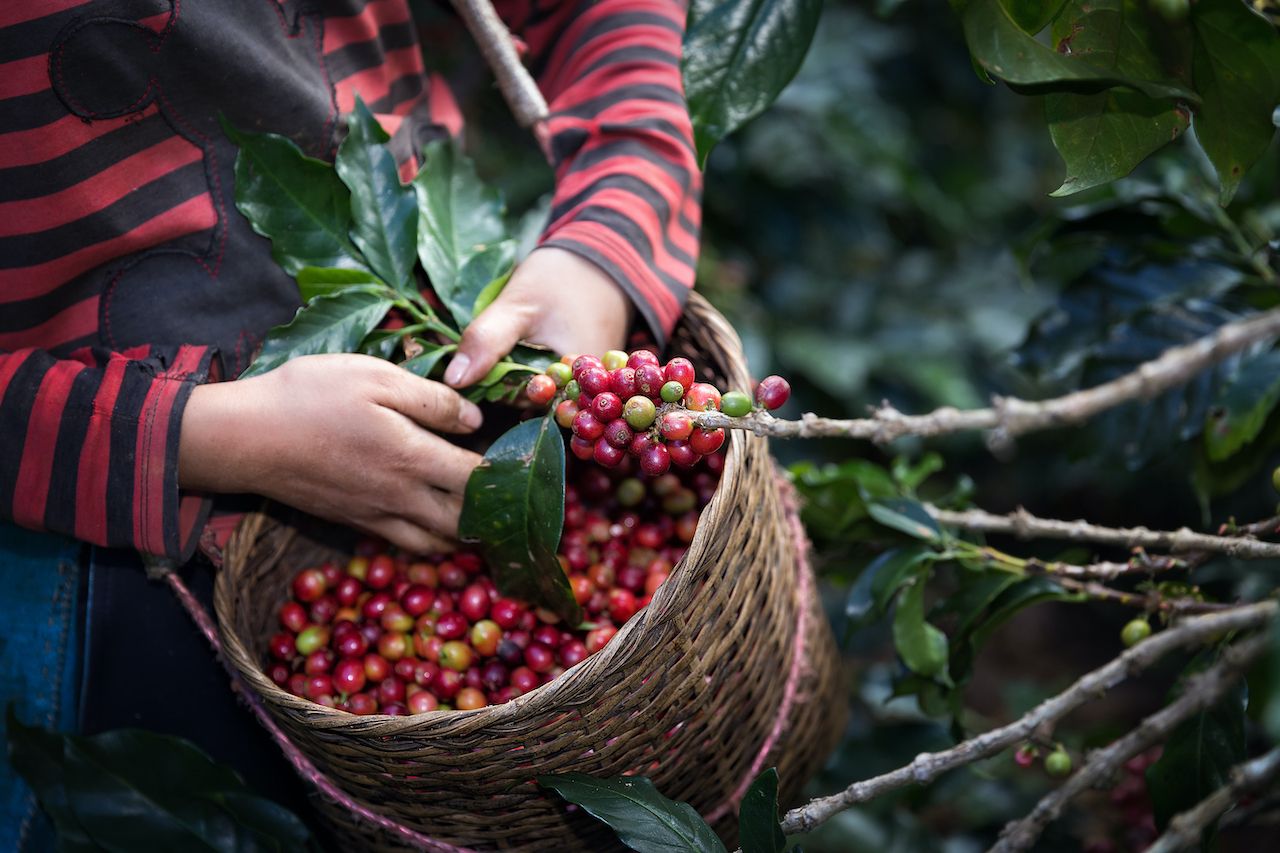Coffee is the second most-consumed beverage in the United States. It’s also one of the agricultural products that will feel the greatest impact from climate change in the upcoming decades.
In a 2019 study from researchers in the United Kingdom, 75 of the 124 coffee species in the world (60 percent) are classified as critically endangered, endangered, or vulnerable according to standards set by the International Union for Conservation of Nature. The major deciding factors as to whether they survive are climate change and the mitigation of diseases, which are exacerbated by climate change.


